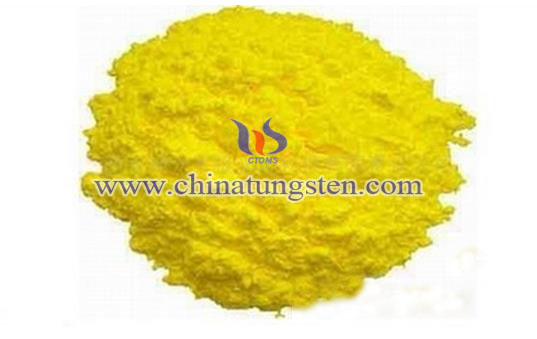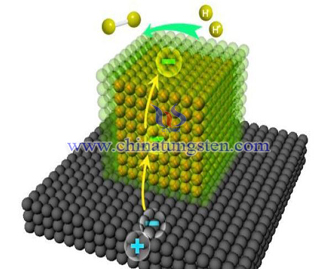Tungsten Oxide Photodegradation Organic Pollutant

Tungsten oxide is an ideal photocatalyst in transition metal oxide which has properties of high catalytic property, low cost, nontoxic and stable. It is now used to degrade organic pollutant such as ethanal, chloroform and fuel into inorganic material. The principle is degrade it into CO2 and H2O, it has high degradation efficient and wide application prospect.
According to thermodynamic argument, the electron hole on the surface of tungsten oxide oxidizes the OH- and hydrone into OH- (free radical). OH- has strong oxidation capability, it can oxidize most of organic and inorganic pollutant and degrade them into innoxious substance like CO2 and H2O. On the other side, active electron on the surface of tungsten oxide has strong reducing capability, it can reduce and remove heave metal ion in the water.
Early research is mainly about applying nano powder semiconductor catalyst in eliminating pollutant in water, but the recovery of catalyst is difficult, it needs dynamic mixing to maintain the suspension of catalyst, the active ingredients loss is significant. Besides that, granule catalyst may cause secondary pollution, it is hard to realize industrialization. In order to overcome the above shortcomings, people use the method of immobilization of photocatalyst which means immobilizing the WO3 catalyst on the glass substrate. However, it lowers the specific surface area of catalyst, causes the reacting area with light reducing, affect catalytic activity. The combination strength of catalyst and substrate reduces, the acid and alkali resistance of substrate material is worse. Thus it isn’t suitable for industrial application.
In recent years, many newly developed nano structure catalyst, such as nanohole, nanotube, nanowire and nanorod. Its large specific surface area can promote the photocatalytic activity and photovoltaic conversion which greatly draw people’s attention. For example, use electrochemical anodic oxidation to prepare WO3 nano porous array can largely enlarge the specific surface area of thin film catalyst. It has better photocatalytic property than powder catalyst.

